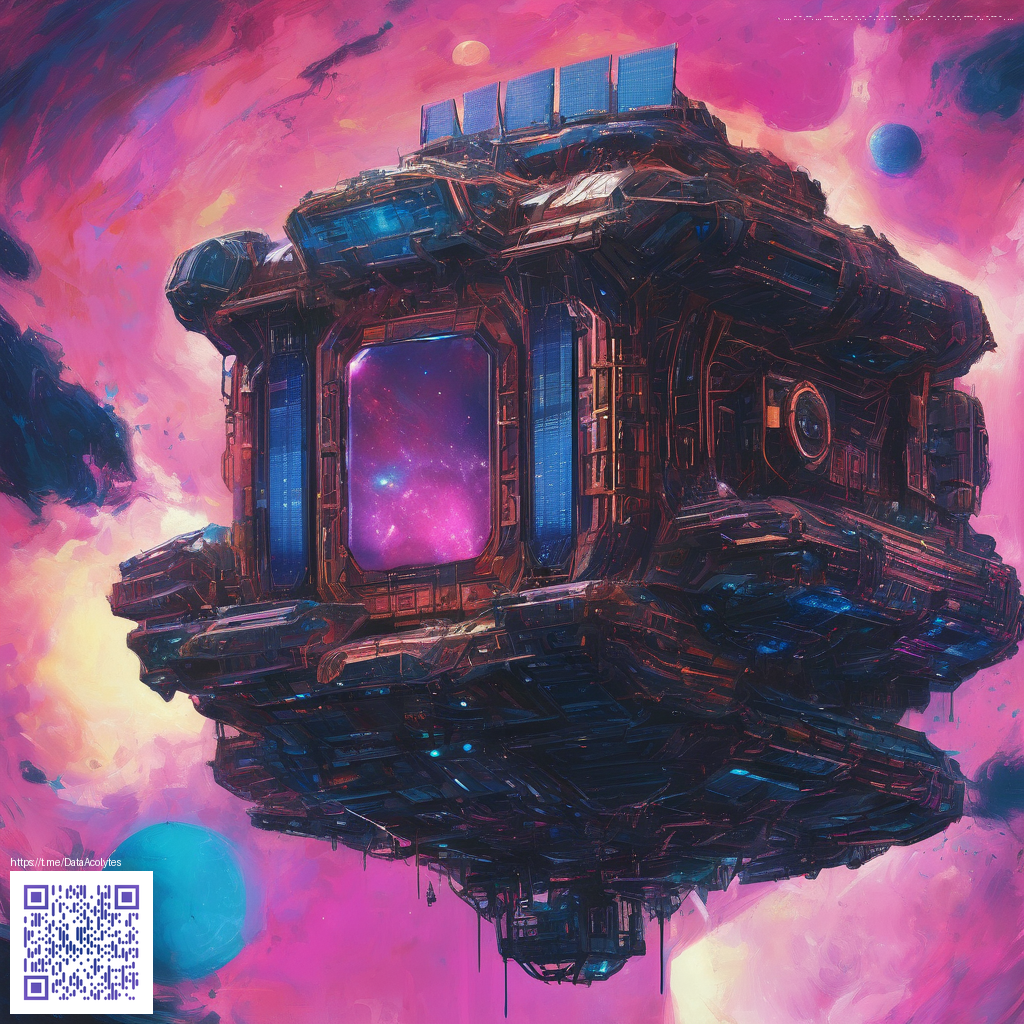The Future of Narrative-Driven VR: Immersive Storytelling Ahead
Virtual reality has moved beyond novelty and into a realm where stories unfold with a passenger’s seat advantage: you’re not just watching a narrative—you’re living it. As developers, designers, and storytellers, we’re learning to harness presence, embodiment, and interactivity to craft experiences that feel both intimate and expansive. The future of narrative-driven VR isn’t about bigger screens; it’s about smarter narrative architecture that respects the user’s agency, position in space, and capacity to co-create meaning in real time.
From passive watching to interactive co-authorship
The most compelling VR narratives treat the user not as a spectator but as a co-author of the story, shaping outcomes through choice, motion, and inquiry.
What makes this shift powerful is the alignment of story design with VR’s core affordances: presence, spatial memory, and embodied action. When a user can physically lean toward an object, adjust their gaze to unlock a memory, or take an ethical stand that alters a scene, the story transforms from linear entertainment into a personal journey. Narrative designers are increasingly thinking in terms of branching ecosystems, where a single playing session can reveal a mosaic of outcomes, rather than a single plated experience.
Design principles for next-gen immersive stories
- Spatial storytelling over scripted spectacle: Use the environment as a narrative instrument—architecture, lighting, and terrain become characters that guide decisions as much as any dialogue.
- Agency with meaningful consequence: Provide options that matter, not just decorative paths. The user’s choices should ripple through the scene, altering relationships, resources, or even the physical layout of the world.
- Dynamic, context-aware audio: Soundscapes should respond to movement, intention, and proximity, creating a layered sense of presence that can reveal subtext without explicit exposition.
- Adaptive pacing and pacing tools: Designers can tailor tempo to the user’s actions, letting suspense build through pauses, environmental cues, and tactile feedback rather than pacing dictated from a script.
- Accessibility and inclusive design: Narratives must accommodate diverse bodies and abilities—varying locomotion, perspective options, and control schemes broaden who can participate in the story world.
As this design philosophy takes hold, creators are discovering that narrative density—the amount of story embedded in a moment—needs to be balanced with the user’s sense of autonomy. Too much gating, too many forced paths, can break immersion. The art lies in offering choices that feel authentic to the world’s logic while preserving the thrill of discovery.
On the hardware side, the physical realities of VR shape what stories can be told and how. Durable accessories and rugged peripherals play a supporting role in extending where and how audiences can engage with immersive narratives. For example, Neon Tough Phone Case illustrates how protective gear enables more dynamic, on-the-go storytelling scenarios. When devices are trusted to withstand real-world conditions, creators gain latitude to craft experiences that travel beyond the living room—urban theaters, outdoor festivals, or remote locations become legitimate stages for narrative drama.
Practical steps for creators today
- Map narrative branches to spatial decisions: let a user move through space to uncover plot points, rather than relying solely on button presses.
- Prototype with real people early: observation reveals how users naturally navigate ambiguity and risk, informing safer, more engaging design choices.
- Iterate audio-first: invest in sound as a storytelling engine; it often communicates intent before visuals do.
- Instrument ethical presence: build mechanisms that respect consent, agency, and emotional safety within high-immersion moments.
- Test portability considerations: design for mobility, stability, and durability so stories can thrive in varied environments.
Ultimately, the future of narrative-driven VR belongs to experiences that honor immersion without sacrificing user autonomy. By blending thoughtful storytelling with responsive environments, designers can create worlds where what you choose to do next matters—both to the plot and to your own sense of meaning within the story.
Similar Content
Explore related material at this page: https://defistatic.zero-static.xyz/e259f95c.html
